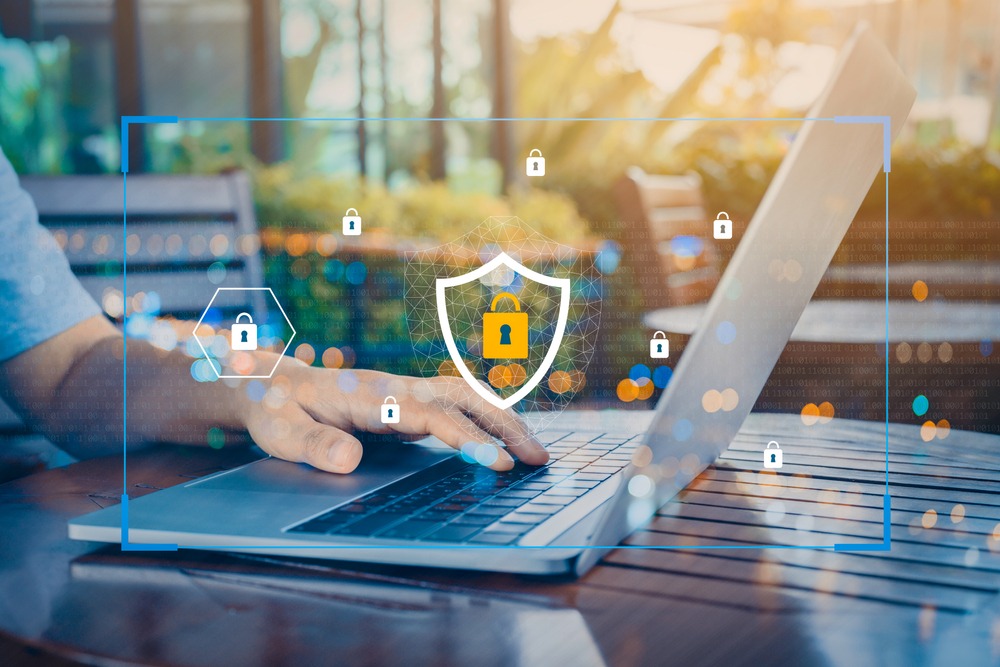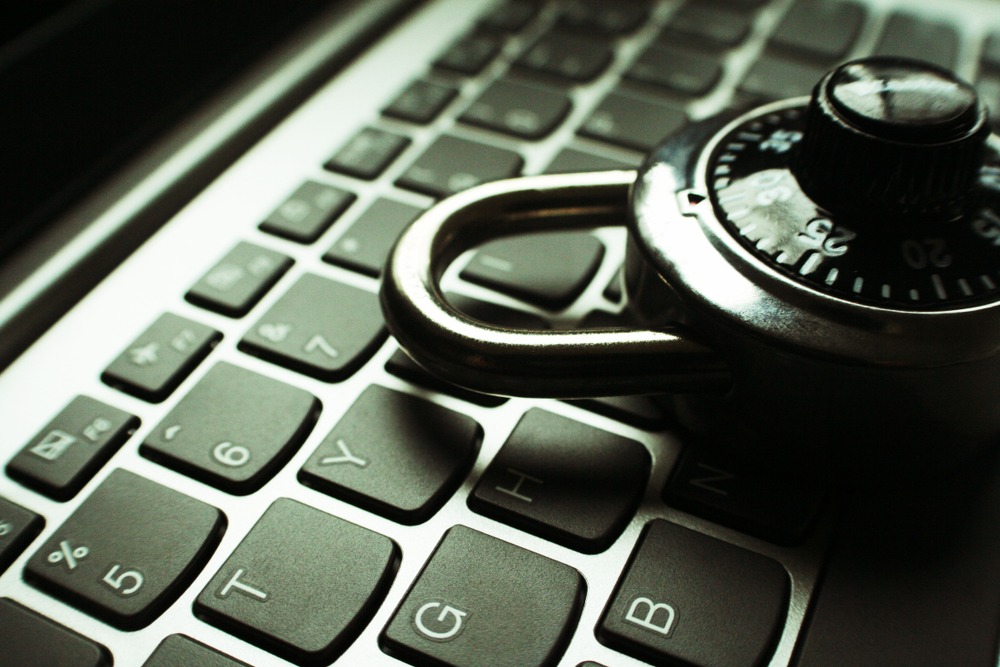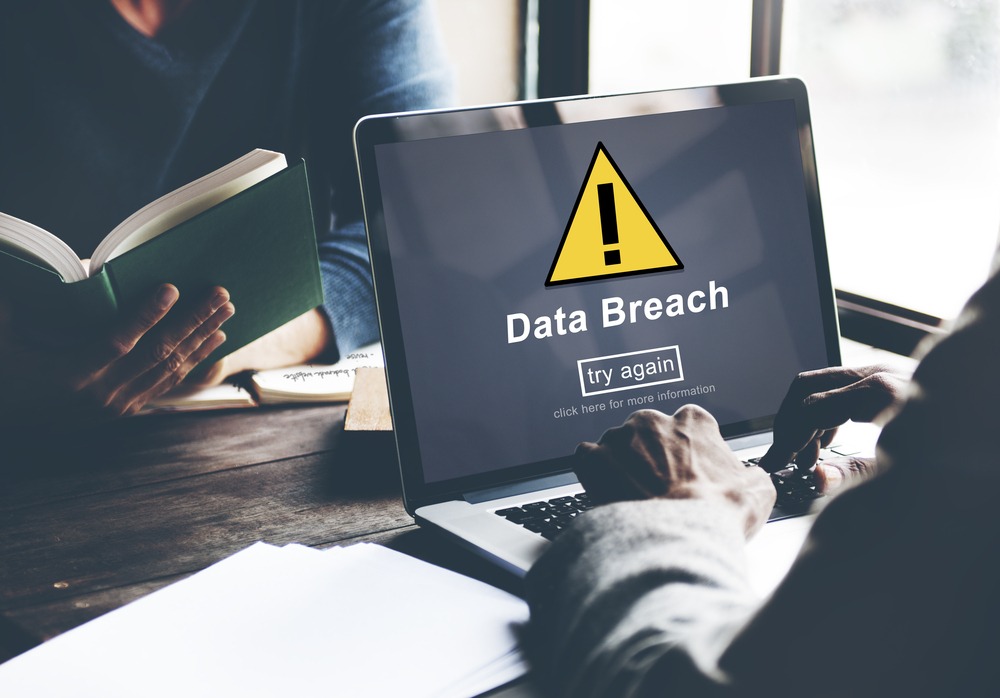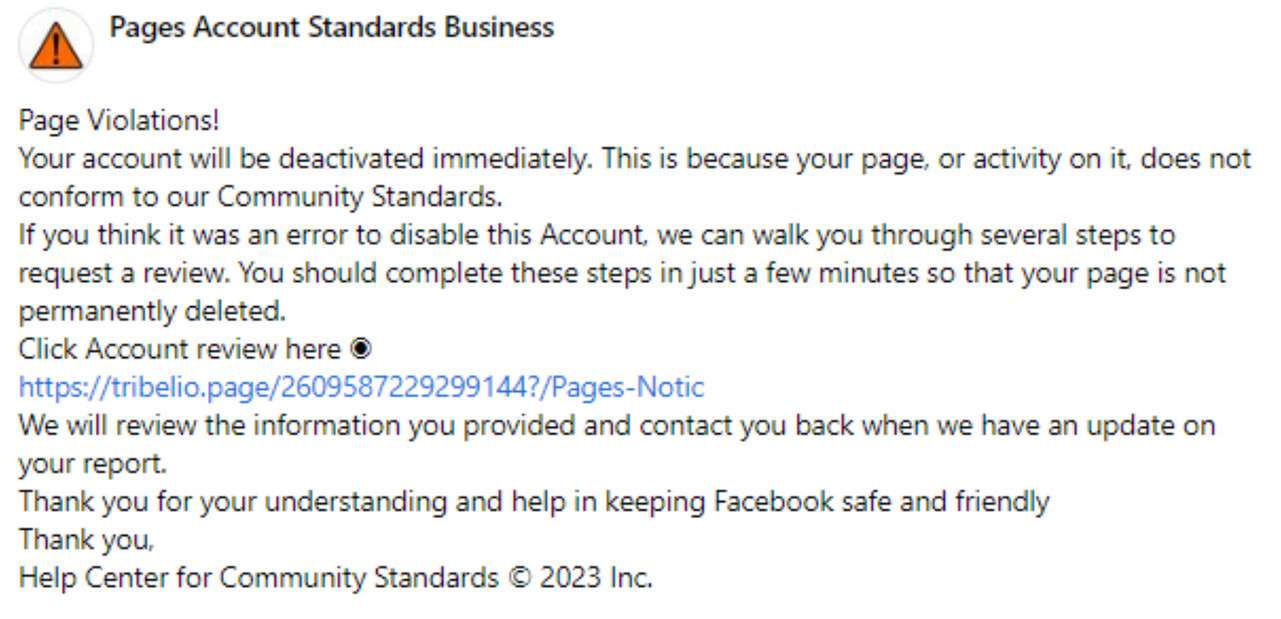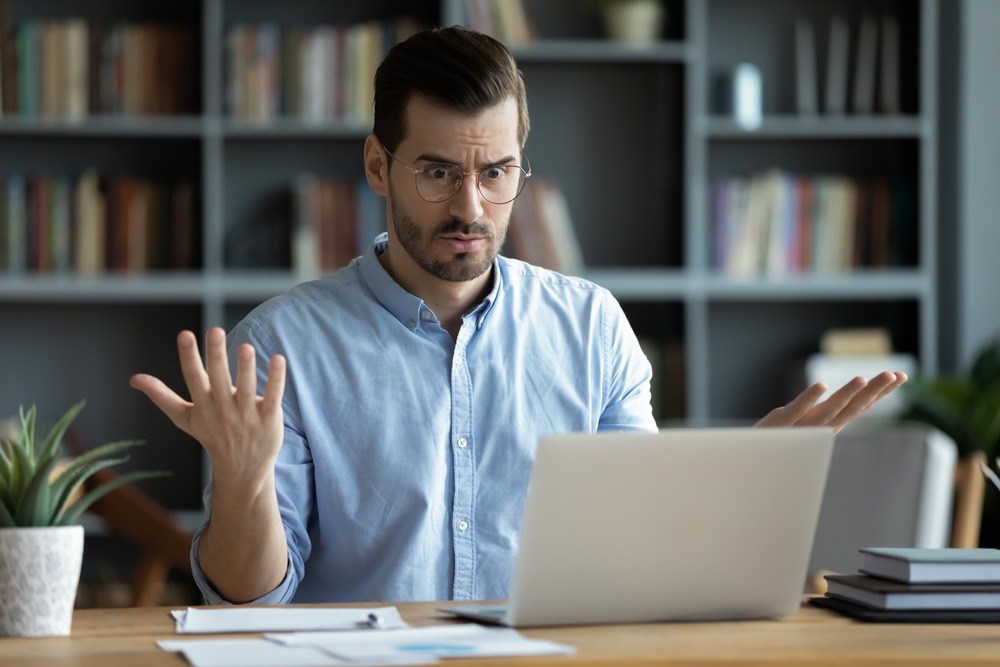Penetration testing helps identify vulnerabilities and fortify defenses against cyber-attacks. This article provides a comprehensive guide for how to do penetration testing and perform practical security assessments. By simulating a cyber-attack, organizations can evaluate the effectiveness of their security controls and take proactive measures to mitigate risks. Regular penetration testing helps stay ahead of emerging threats and ensure the security of digital assets.
Understanding Penetration Testing
Penetration testing is a proactive security measure to identify computer system or network vulnerabilities. How does penetration testing work? It involves simulating real-world cyberattacks to evaluate the effectiveness of existing security measures. We’ll explore the fundamentals of penetration testing and its crucial role in maintaining a robust cybersecurity posture.
The Importance of Penetration Testing in Cybersecurity
Penetration testing is a solution that helps businesses mitigate cybersecurity risks. It identifies vulnerabilities and demonstrates how they can impact a business, enabling IT and security teams to strengthen defenses and prevent successful attacks. Organizations can take a proactive approach to securing their digital assets by understanding the steps involved in performing penetration testing.
Penetration Testing Tools
Explore a toolkit of automated tools essential for penetration testers. Understand how to perform a penetration test with these tools to identify security vulnerabilities.
Port Scanner
A port scanner is a tool or software used to scan and analyze the open ports on a computer, server, or network device. It aims to identify which ports are active and listening for incoming connections. The scanner sends requests to specific ports and analyzes the responses to determine whether a port is open, closed, or filtered. Examples of port scanning tools include Nmap, Zenmap, and Hping. These tools help identify active and listening ports, allowing users to effectively analyze and secure their network configurations.
Network Sniffer
It is a tool that monitors data flow in a network, identifying the traffic’s source, device, and protocol. It can detect suspicious activities and is helpful for network penetration testing. Wireshark, SteelCentral Packet Analyzer, is a valuable tool for monitoring and analyzing data flow within a network. This tool aids in identifying the source, device, and protocol of network traffic, making it instrumental in detecting suspicious activities.
Web Proxy
A web proxy is a tool that testers use to spot hidden weaknesses in web applications. It intercepts messages between browsers and web servers, allowing testers to identify vulnerabilities like form fields that attackers could exploit for cross-site scripting and request forgery attacks. Web Proxy tools, like BurpSuite and Nikto, serve as valuable assets for testers in identifying hidden weaknesses within web applications.
Password Cracker
A password cracker helps testers check if weak passwords are being used, preventing unauthorized access to the target network.
Each service plays a unique role in fortifying specific aspects of the digital world. Understand how to perform penetration testing tailored to different services, whether assessing web applications, network infrastructure, APIs, or mobile app security. Tools such as Hashcat, John the Ripper, and THC-Hydra Password Cracker are used for decrypting password hashes, similar to lock picking. These tools assist testers in verifying the strength of passwords, preventing unauthorized access to the target network.
Penetration Testing Techniques
Dive into the intricate world of penetration testing techniques. Learn how does penetration testing work using various approaches, from blindfolded simulations to tests with insider knowledge. Each technique offers a unique perspective in uncovering vulnerabilities.
Black Box
Black Box testing is a type of External Penetration testing where an ethical hacker simulates a real cyberattack starting outside the network’s boundaries. With no insider knowledge about existing security measures, these tests aim to identify vulnerabilities as an actual hacker would.
White Box
White Box testing provides the tester with complete knowledge of network infrastructure and security systems, allowing them to assess an organization’s defenses comprehensively. It is highly effective in identifying vulnerabilities within the network and can even simulate the risk of insider threats. However, larger enterprises may still have to wait for detailed results.
Gray Box
It is a combination of Black Box and White Box techniques. Testers have partial access to the network, making it helpful in evaluating public-facing applications with a private server backend. It takes less time than Black Box tests but more than White Box tests due to limited access.
External Test
External testing targets visible information assets like websites, apps, DNS servers, and email systems. It helps organizations proactively identify vulnerabilities exposed to external attackers and enhance security measures.
Internal Test
It focuses on launching attacks from within the organization’s network to assess potential damage from internal threats. Uncovering internal vulnerabilities helps address potential weaknesses before they are exploited.
Blue Teaming
It is an approach in which security responders analyze an information system to assess the adequacy and efficiency of its security controls. The blue team has access to all organizational resources and information. Their primary role is to detect and mitigate the activities of red teams (attackers) and anticipate how surprise attacks might occur.
Red Teaming
It is an approach that involves ethical hackers performing penetration tests on an information system. The team needs more access to the organization’s internal resources and may conduct the test with or without warning. This approach aims to detect network and system vulnerabilities and evaluate security from an attacker’s perspective to network systems or information access.
Phases of Penetration Testing
Pre-Attack
• Planning and preparation
• Methodology designing
Important: signing the
– Rules of Engagement (ROE)
– Contract
– Non-Disclosure Agreement (NDA)
• Network information gathering
– Footprinting (non-invasive)
– Scanning (invasive)
– Enumeration
Attack Phase
• Penetrating perimeter
• Acquiring targe
• Escalating privileges
– to gain elevated access to the normally protected resources.
• Execution, implantation, retracting to execute arbitrary code, hiding files in the compromised system, and leaving the system without raising alarms
– to reenter the system stealthily.
Post-Attack Phase
• Reporting
• Clean-up
• Artifact destruction
- The penetration tester is responsible for restoring the systems to the pretest state.
- It is vital that the penetration tester documents all activities and records all observations and results so that the test can be repeated and verified.
Penetration Testing vs. Vulnerability Scanning
Uncover the distinctions between penetration testing and vulnerability scanning. While vulnerability scanning focuses on the automated identification of known weaknesses, penetration testing takes a manual, hands-on approach. Learn how to do penetration testing on a network effectively and when to complement it with vulnerability scanning.
Vulnerability scanning and penetration testing are methods used to identify security weaknesses in an organization’s systems. Vulnerability scanning is an automated process that detects known vulnerabilities, while penetration testing is a manual approach that uncovers complex or hidden vulnerabilities. Vulnerability scanning is helpful for routine checks, while penetration testing is more like detective work that maps out potential attack scenarios. Both methods have their roles in keeping an organization secure from cyber threats.
Optimizing Penetration Testing for Maximum Security
We provide essential best practices for optimizing penetration testing efforts. Learn the art of defining scope, identifying and prioritizing risks, and incorporating diverse data sources. Understand the importance of preparation in how to do penetration testing for a website or how to do penetration testing for web application and other digital assets.
Defining the Scope: It is crucial to define the scope of the testing effort. Given the limited resources available for testing, it is crucial to focus on the most critical and high-risk areas of the network and applications. Code-intensive applications, for example, may be particularly vulnerable and should be prioritized for testing.
Identifying and Prioritizing Risks: it is necessary to identify and prioritize risks. It involves pinpointing areas with higher application security risks, such as vulnerabilities in operating systems, application code, and configuration files. Addressing these issues can help prevent potential attacks and data breaches.
Incorporating Diverse Data Sources: it is essential to incorporate diverse data sources into the testing process. It is vital for protecting valuable assets such as financial and customer data. Thorough penetration testing can help ensure regulatory compliance and assess the security of connecting software.
Preparation: it is essential to prepare well for testing. It involves understanding the types of tests supported by the cloud vendor, creating a responsive team to review test results, and scheduling automated patches after each test. Organizations can conduct effective penetration testing and enhance their overall security posture by following these steps.
Conclusion
In conclusion, penetration testing is a dynamic and indispensable practice in cybersecurity. Organizations can proactively secure their digital environments by understanding how to perform penetration testing effectively and leveraging diverse techniques and tools. Stay one step ahead against cyber threats with penetration testing.
